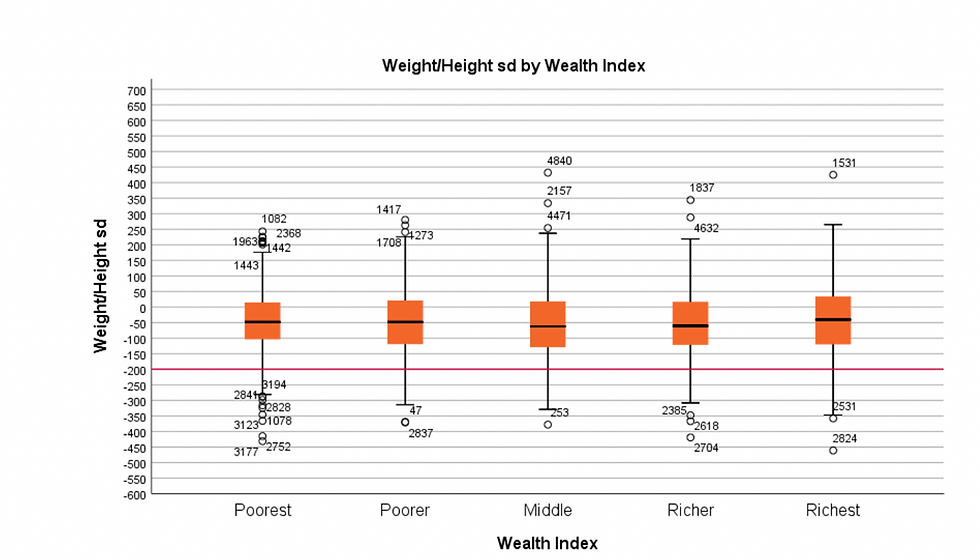Ownership and Memory in the Namami Gange Series
- Kuhiro Class Students

- 12 hours ago
- 3 min read
By Memory Gajurel supervised by Dr. Seema Sharma Shah

The Namami Gange series is a faithful representation of the city of Banaras and the beauty the idea of the place holds. Faithful, in the sense that this is a presentation of what Banaras and the river Gange is and has been to the people having them as a part of their life. Dr Sharma Shah’s rendition of the city’s expression as art is especially paramount due to her relationship with the city, having been born and spent her formative years there.
Why does her loyalty to the city matter so much to the philosophy of this series? This goes back to a similar series on the same subject source, a beautiful city holding years of culture, traditions and values to the people and the identity of many Hindu countries— William Hodges’ The Ghauts at Banaras. To a group of people, Hodges’ series of work based on Banaras may be something that added value to the beauty of Banaras on an international scale. But in actuality, Hodges’ representation of the city and its Ghauts are no more than romanticism of the things that he saw on the surface. There’s a great deal of importance missing from his project, which is the recognition of the locality. From a foreigner’s perspective, Banaras could surely be an old city built on millennium-old traditions, a place where multicultural architecture aligns, with colours and a river flowing through the city. But how does his work respect the normality, importance and uniqueness of Banaras?
In a wider geographical scope, the importance of Banaras, the olden city and as a reference in art and culture is associated with William Hodges and representation. However good the representation may have been in his sense, the result is far from it. The association of the ghats and Banaras and the river Gange flowing through it reduces the importance of the city and its values to nothing more than a tourism boost since the time of Hodges’ travel. Hodges's portrayal of the city limits its understanding, presentation and traditions accurately. Of course, Hodges' rendition of art as Banaras as a representation shows the tradition of ‘sati’ taking place which is said to be a better and an empowering version of it in comparison to the one by Atkinson.
Hodges’ side of the argument says that he portrayed the women as they were doing something powerful and all of their own will. He said that they’re supposed to be some commanding leading figures. But that’s just what they ended up as in his work— figures. As much as Hodges may have admired the beauty and uniqueness of Banaras, he couldn’t identify what it was that made his “view” as surreal as it was. In his painting of the ghats of Banaras by the Gange, the etching is as good as it can get. The architectural integrity of the ghats certainly does remain, but to a friendly eye, there’s nothing too impressive. To locals, they’ll see how this piece of art that’s been created by Hodges is not their Banaras. One of the major issues lies in the river gange as seen by Hodges’ piece. To every life living in Banaras, the fact stays that, the river Gange never stops, never stays still. What Hodges has managed to capture is the river still, not moving with men on their boats floating accompanied by a few figures by the ghats. The missable number of figures seem to be even there just to fill the spaces left by the lack of culture presented in the piece.
To read the full article go to https://www.umaseema.com/single-post/ownership-and-memory-in-the-namami-gange-series
.png)



Comments